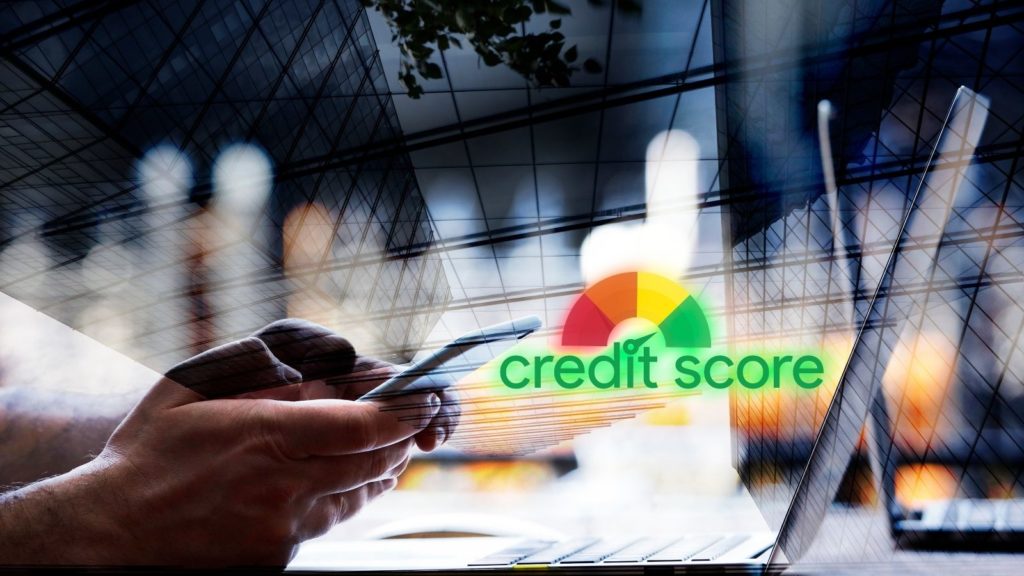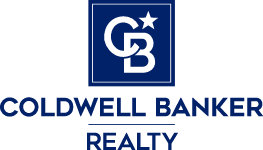When you’re buying your first house, you’re most likely charged with emotion. You’ve been building up to this moment for a long time – daydreaming, saving, perhaps even taking a peek at properties online. But there’s a certain order of things when buying real estate, and when you follow the system, you’ll sail through the process with all the joy and enthusiasm you’d expect. However, if you go out of order, you could set yourself up for anxiety and disappointment.
Here are six steps to follow when buying your first home.
Step 1: Credit Score, Debt-to-Income Ratio, and Work History
It’s essential that you refrain from house-hunting, online or in-person, until you’ve prepped your credit and finances for a home mortgage loan. You’ll need excellent credit and ample cash to close the deal.
If you can get a two-year head start on preparing to buy your house, you’ll have an advantage. Most lenders will consider a two-year history when examining your home mortgage loan application. It’s important that you maintain a steady source of employment during this time, all the way up until closing day, when you’ve signed the last document and received your keys.
Your credit report should be clean with a healthy credit score. You should have no accounts in collections, no delinquent accounts, a good payment history, and a credit score of 620 or higher.
It’s also crucial that you do not over-extend your credit before buying a house. It’s wise not to finance anything or take out loans prior to applying for a home mortgage loan, as this can be a red flag to lenders. This is true through the closing since your credit report will be checked again before finalizing the purchase.
Your debt-to-income ratio, or your DTI, is your monthly debt divided by your gross income. This number should be 36 percent or lower, 43 percent at the max.
To improve your credit and DTI numbers, pay down (but don’t close!) any accounts you have, including credit cards and loans.

Step Two: Calculate the Costs
With a conventional home mortgage loan, it’s standard to put down a twenty percent deposit on the home you’re purchasing. Your down payment on a $250,000 house would be $50,000, cash, out-of-pocket. But there’s more to pay.
When you submit your offer on the home you’re trying to buy, you also submit an earnest money deposit or EMD. Held in an escrow account at the bank until closing day, the EMD signals to the seller and the lender that you’re ready to make your move.
You can expect to pay, on average, between one and three percent of the home’s value for your earnest money deposit. At two percent, your earnest money deposit equals $5,000.
Next, there are closing costs, which add another 2-6 percent of the amount of the home mortgage loan. Closing costs cover things like lending fees, appraisal, inspection, title check and transfer, property taxes, homeowners insurance, and other expenses associated with your real estate transaction. Closing costs are not usually included in your home loan and are expected to be paid by you on closing day. At an estimated five percent, you’ll add $12,500 to the expenses you’ll need to close on your new home.
Step Three: Find the Right Real Estate Agent
You need the best real estate agent on your side. Look for agents that your friends, family, and associates recommend. Search the web for an agent in your area and read their ratings and reviews. Visit their websites. Check their certifications, awards, and specialties.
Your agent will show you properties that match your wish list and budget, help you determine which house best fits your needs, will draw up an offer, negotiate the terms on your behalf, help you understand the mountains of paperwork you have to sign, and will guide you through the closing process.
Step Four: Get Pre-Approved for Your Loan
Pre-approval for your home mortgage loan is all but mandatory. If you submit an offer without having the guaranty of the home loan, then the seller has no way of knowing if you’ll be approved or how much time it will take you to apply and qualify. It’s a risk most sellers aren’t willing to take.
You’ll also get a clear picture of your home-buying budget and what your monthly payments will be.
Your real estate agent may have a lender to recommend that may offer reduced rates through the referral.

Step Five: House Hunting and Offers
Location drives up home values. The closer you are to highly-rated schools, parks, restaurants, shops, and public transportation, the higher the home values will be. For a larger home with bells and whistles, you may have to compromise on where you look for houses.
When you find the right house, your agent will work with your on creating a compelling offer to submit to the seller. If necessary, the agent will negotiate on your behalf.
Step Six: The Closing Process
During the closing process, the house you’re buying undergoes an appraisal and inspection to make sure the house is in good standing and valued at what you’re borrowing. There’s also a title check and transfer to ensure that there are no legal bindings on the house, such as outstanding taxes or liens.
The closing process takes time. Talk with your agent about what takes place during the lengthy closing and what to expect. Be patient.
The Bottom Line
Make sure your credit score and DTI are ready to pass the lender’s test. Have enough money set aside for your down payment, earnest money deposit, and closing costs. Find the right real estate agent who can walk you comfortably through the journey to homeownership. Get pre-approved for your home mortgage loan before you hunt for houses. Trust your agent to show you the best properties, create and submit an offer, and negotiate if needed.
Ask your professional real estate agent for more information about the steps to buying your first house.


